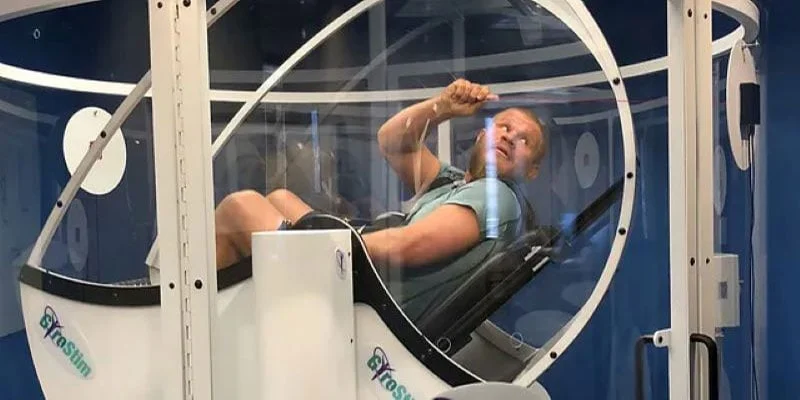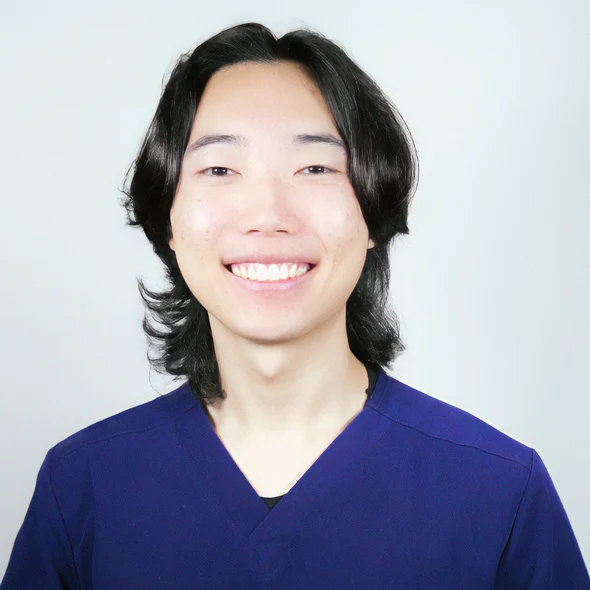Brain fog is often difficult to describe, but most of us recognize the feeling. It’s that groggy sensation when your brain doesn’t seem to be operating at its full potential. Brain fog can manifest in various ways. Some people experience constant fatigue, while others feel like their brain is working slower than usual. The common thread is that you don’t feel like yourself.
Brain fog can also affect your memory, making you feel less sharp than you once were. Clear thinking is crucial for a healthy, active lifestyle. When our brain slows down, our body often follows suit. Tasks that once seemed easy may suddenly take more effort.
It’s important to acknowledge these feelings. By recognizing how you feel, you can begin to understand the cause. Many patients at NorCal Brain Center struggle with brain fog, and one effective treatment is Hyperbaric Oxygen Therapy (HBOT).
How Does HBOT Help with Brain Fog?
HBOT is a therapy that involves using an oxygen chamber to deliver higher amounts of oxygen to the brain. The chamber increases the pressure inside, three times higher than the atmospheric pressure, which allows oxygen to reach the brain at a faster rate.
Oxygen is crucial for our bodies to function optimally. By increasing the oxygen flow to the brain, HBOT helps repair damaged tissues. It also reduces inflammation in areas that may be contributing to brain fog. Inflammation is a common cause of brain fog, and reducing it can help restore clarity.
What to Expect in a Hyperbaric Oxygen Chamber
Your experience in a hyperbaric oxygen chamber will vary depending on your healthcare provider’s recommendations. Typically, you will sit in the chamber for a session lasting up to 1.5 hours.
During this time, you may feel some sensations. As the pressure rises, you might notice a feeling of fullness in your ears, similar to what you experience when traveling to high altitudes. Swallowing or chewing gum can help alleviate this sensation.
After the session, it’s normal to feel lightheaded, fatigued, or even experience a headache. These are signs that your body is adjusting and recovering from the therapy.
However, not everyone is a candidate for HBOT. Individuals who have recently had ear surgery, have a cold, or suffer from certain lung conditions may not qualify for treatment.







